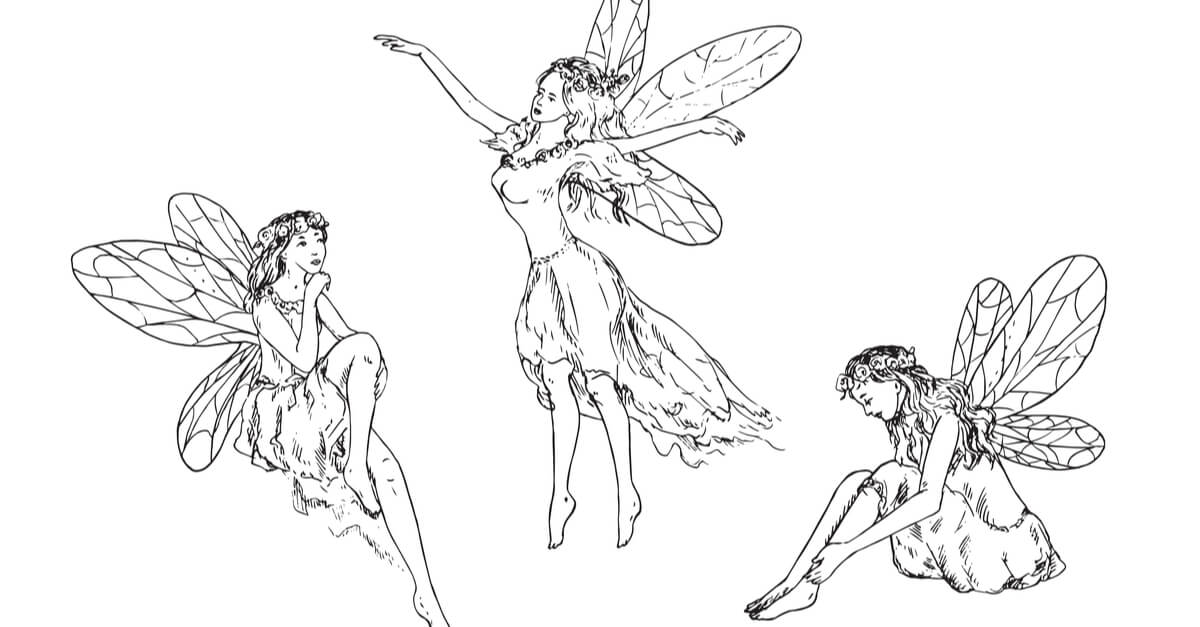Traditional children’s literature has always been characterized by the spread of a sexist image of reality, fairy tales are very present in traditional children’s films and stories, and among them are the stories of a princess, usually with a female protagonist, these stories involve a prince who will save a princess who spends her life waiting for her.
In this example, both boys and girls identify with the characters quite significantly. There is even an emotional identification, with enormous importance attributed to the messages transmitted.
- In some more recent cases.
- Stories embody the social changes that have occurred in recent decades.
- But in general they are obsolete.
- Sexist.
- Discriminatory and conservative.
- Let’s see below.
The tales of a society are a mirror of their mentality and, through fairy tales, different stories of princesses are disseminated in society that illustrate an prevailing ideology, that of the woman who lives for men. In these kinds of stories, the role of each sex. it is very clear, and influences the notion of gender that develops during our children’s childhood.
Princess stories refer to a female character represented by a beautiful girl, usually there is also an evil character, a witch for example, who often has magical powers, the princess is always characterized by her beauty and kindness, and by suffering by the actions of an evil character She will be saved from this context by a man , a prince, and he will live happily ever after.
The role a woman plays in such fairy tales revolves around the care of the house, children and perhaps also of another person or an animal The main goal of a woman in a princess tale is to dedicate herself to marriage, which is often her only goal.
We have some symbols regarding characterization that distinguish female characters from these tales from male characters.
The values conveyed in princess tales build an image of different roles for each sex, often totally opposed. A study by writer Turon (1995) discusses some of the most representative symbols of fairy tales:
In contrast, male characters featured in princess stories are always portrayed as strong, brave men and wrestlers. It can also happen that they are in a position of submission, as in the case of a butler or servant. Even then, they never seem to be doing housework, let alone those portrayed as strong and intelligent.
Classic tales such as Snow White, Sleeping Beauty, Cinderella and Beauty and the Beast are just a few examples of princess and fairy tales in which princesses are beautiful and charming, dedicated exclusively to their homes and are lonely and excluded from the private and social sphere.
In these stories, ugly characters are always associated with evil, and most conflicts arise out of envy or rivalry over the beauty of the princess or the love of the prince.
The role of women is always the same, that of perfect housewife, as if it were a gift or a power that only women could play, stereotypical values that devalue women’s autonomy and work and hinder equal education for both sexes.
In conclusion, fairy tales and fairy tales from traditional children’s literature end up being a tool that perpetuates stereotypical sexual roles, some behaviors are reinforced, and others are suppressed.
Fortunately, today, these values and norms that are passed down from generation to generation are already beginning to be seen as obsolete and obsolete, but we must continue to work with other timeless aspects that are also addressed in these stories, such as good and evil, the value of effort, the value of respect, friendship, etc.

